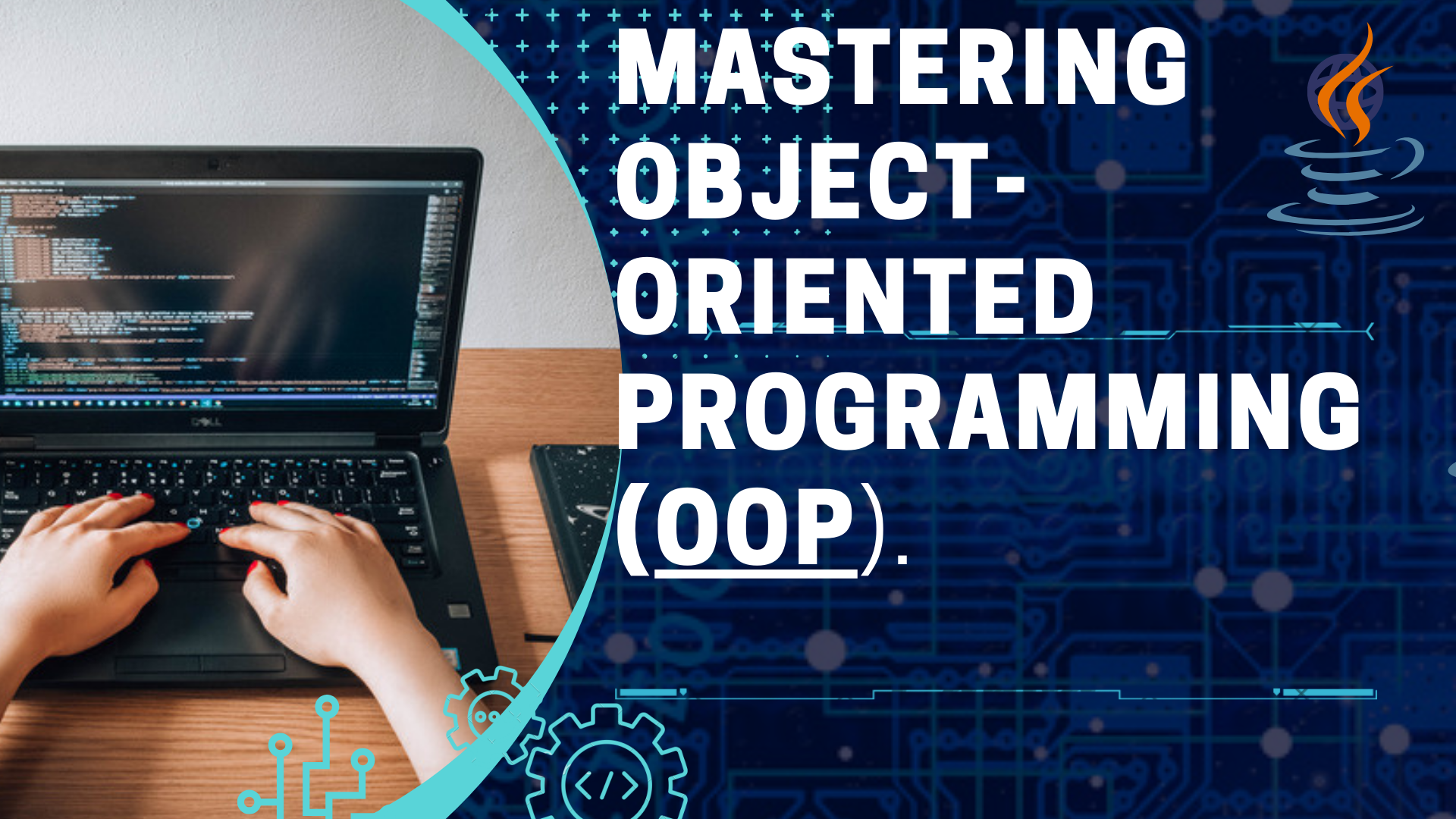Introduction:
In the world of software development, Object-Oriented Programming (OOP) is a fundamental concept. Whether you are a novice programmer or someone looking to deepen their understanding, this blog post serves as your comprehensive guide to OOP.
Table of Object-Oriented Programming
What is object-oriented programming?
Object-orientated programming (OOP) is a programming paradigm that revolves across the idea of “objects.” At its core, it’s a way to structure and design code by representing real-world entities and their interactions in a software application. OOP promotes code reusability, modularity, and a clear organization of logic.
The Key Principles of Object-Oriented Programming
1. Classes and Objects
At the heart of OOP are classes and objects. Think of a category as a blueprint or template for growing objects. An object is an instance of a class, possessing both data (attributes) and methods (functions) that operate on that data. This approach allows you to model real-world entities and their behaviors effectively.
2. Encapsulation
Encapsulation is the practice of bundling data (attributes) and the methods (functions) that manipulate that data within a single unit (an object). This protects data from unauthorized access and modification, enhancing security and maintaining data integrity.
3. Inheritance
Inheritance enables you to create new classes based on existing classes, inheriting their attributes and methods. This concept promotes code reuse and allows for the creation of hierarchies of related classes. A subclass (derived class) can inherit from a superclass (base class) while adding or overriding specific behaviors.
4. Polymorphism
Polymorphism means “many shapes.” It allows objects of different classes to be treated as instances of a common superclass. This flexibility simplifies code by enabling you to write more generic, reusable code that can work with a variety of objects.
5. Abstraction
Abstraction involves simplifying complex systems by modeling classes based on their essential properties and behaviors, while hiding unnecessary details. This promotes code understandability and maintainability, as developers can focus on high-level concepts without getting bogged down in implementation specifics.
The Repeated Focus Keyword
Throughout this blog post, we will frequently refer to “Introduction to Object-Oriented Programming” to ensure it’s SEO-friendly and that search engines recognize the relevance of our content.
Advantages of Object-Oriented Programming
Now that you understand the core principles of OOP, let’s explore why it’s such a widely adopted programming paradigm:
1. Modularity and Reusability
OOP promotes the development of modular code. Classes and objects can be reused in various parts of a program, reducing redundancy and making maintenance more manageable. When you create a well-designed class, you can use it in multiple projects without modification.
2. Simplicity and Maintainability
The abstraction and encapsulation provided by OOP make code more manageable. When updates or bug fixes are required, developers can focus on specific classes or objects rather than dealing with an entire codebase. This significantly simplifies the maintenance process.
3. Scalability
OOP’s hierarchical structure facilitates scalability. As a project grows, you can extend existing classes or create new ones. This expansion can occur without disrupting the overall structure of the software, allowing for seamless growth.
4. Collaboration
OOP supports collaborative development. Multiple developers can work simultaneously on different classes or objects, reducing conflicts and increasing productivity. This makes it an excellent choice for team-based projects.
5. Security
Encapsulation ensures that data is protected from unauthorized access or modification. This helps enhance the security of your applications by controlling how data is accessed and manipulated.
Implementing OOP in Popular Programming Languages
OOP is not tied to a specific programming language. Instead, it’s a programming paradigm that can be applied to various languages. Some popular languages renowned for their OOP support include:
Java:
Java is known for its strict adherence to OOP principles, with everything being an object. It’s widely used in web and mobile application development.
Python:
Python is both versatile and easy to learn. It supports both procedural and object-oriented programming, making it an excellent choice for beginners.
C++:
C++ is an extension of the C programming language, offering powerful OOP features. It’s commonly used in game development and systems programming.
C#:
Developed by Microsoft, C# is a modern OOP language used for building Windows applications and games.
Ruby:
Ruby is celebrated for its elegant and concise syntax. It’s frequently used in web development, with the Ruby on Rails framework being a prime example.
Conclusion
In this comprehensive exploration of Object-Oriented Programming, we’ve covered the fundamental principles and the advantages it offers. Mastery of OOP is not only beneficial for career growth in the tech industry but also for developing robust, maintainable, and scalable applications.
As you embark on your journey into OOP, remember to practice and apply these concepts in real-world projects. The more you work with OOP, the more proficient you’ll become in designing elegant and efficient software solutions.
So, embrace the world of objects, classes, inheritance, polymorphism, and abstraction. With Object-Oriented Programming, you have a powerful tool at your disposal to create cutting-edge software.
Thank you for reading, and stay tuned for more in-depth articles on Object-Oriented Programming and other programming topics!



